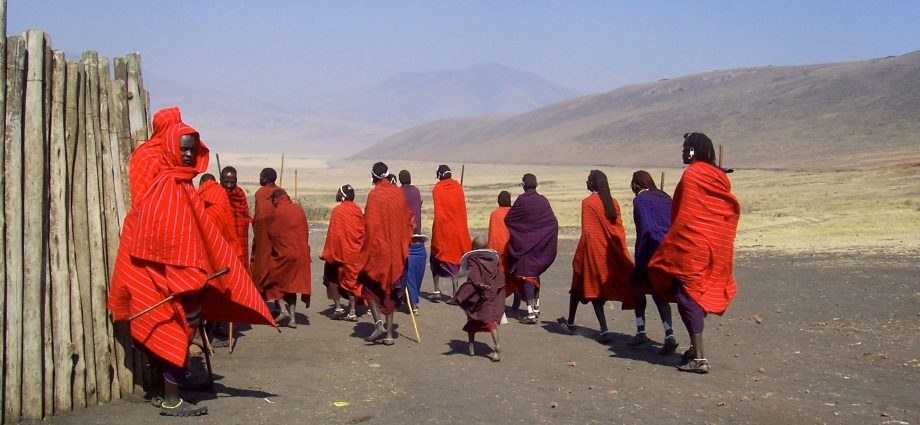A trail of enormous footprints, criss-crossing slabs of cracked concrete, lead to a battered ranger station in Vietnam’s Pu Mat National Park. Park staff say the wild Asian elephant that left the tracks is as friendly as it is lonely.
Separated from the country’s remaining wild herds, the solitary giant satisfies her social appetite by interacting with people at the station. Rangers say the 29-year-old female has been alone since her mother died more than a decade ago. Signs of her visits are hard to miss, with craters in the soil left by weighty feet, a fence bent from a playful push and a dented sign toppled by a trunk.
“The elephant usually comes here to play,” said Nguyen Cong Thanh, a ranger at Pu Mat in Vietnam’s north-central Nghe An province, as he pointed out the damage.
But the wild elephant herd that lives deeper in the park’s forests – a group of about 15 individuals – is far less friendly, he said.
Only about 100 wild elephants are estimated to survive in Vietnam, separated into 22 herds across the country. These last survivors of Asia’s once 100,000-strong elephant population face a stampede of threats – including often-violent conflict with people – made worse by habitat loss.
Drawn to fruit trees, corn, rice and other produce, a herd of wild elephants can destroy a farmer’s livelihood in a single meal. And when Vietnam’s remaining wild herds interact with humans, the results are sometimes fatal. As pressure mounts from agricultural expansion and other human development, conservationists warn the dwindling number of elephants will soon approach the point of no return in sustaining a viable population.
In the past two years in Pu Mat, two elephants are suspected to have been killed by poisoning, said Russell Gray, science advisor at non-profit Save Vietnam’s Wildlife, who leads human-elephant conflict mitigation efforts in Cat Tien National Park.
“People get attacked by the elephants and then their families will go and put out poison,” Gray said.
“We just had one guy who recently got his leg broken,” he said of an incident in April in Cat Tien, in which a farmer illegally took his cow to graze in a protected area fenced off for wild elephants. The elephant became territorial, killing the cow and attacking the man. “We’re trying to connect with the family to make sure that they don’t do the same.”
With Vietnam’s elephant populations trailing on the very edge of sustainability, each incident of conflict threatens the future existence of the species in Vietnam.
“It’s pretty dire because the national elephant population has a threshold of about 100 individuals,” Gray said. “Once it [falls below] that threshold, it’s pretty much over for their conservation.”
Vietnam’s elephants on the brink
Asian elephants are listed as critically endangered on the Vietnam Red Book of rare and endangered species, while the International Union for Conservation of Nature’s Red List categorises the species as endangered at the global level.
Vietnam’s wild elephant population has been in sharp decline for decades. Huge swathes of forest were destroyed during the country’s 20-year-long war, and the animals’ habitat has continued to shrink as the country has developed.
Hunted for ivory and the elephant skin trade, and captured from the wild for use in logging and tourism, Vietnam’s wild elephants have fallen from approximately 2,000 individuals in 1980 to between just 91 to 129 last year, according to the national Forestry Administration.
“Out of 13 Asian nations [with extant wild elephant populations], Vietnam is the one with the fewest wild elephants left,” said Cao Thi Ly, an elephant expert and retired professor from Tay Nguyen University in the province of Dak Lak. “We have to change to help the elephants.”
The few surviving wild herds live in areas close to Vietnam’s borders with Cambodia and Laos, with the largest groups in three national parks: Cat Tien, Pu Mat and Yok Don. Even then, the first two are home to fewer than 20 elephants, while 28 to 60 are estimated to live in Yok Don, according to the Vietnam Forestry Administration.
The rest of the nation’s wild elephants are sparsely scattered across nine provinces, with four provinces counting just a single wild elephant.
A national plan to save elephants
Vietnamese authorities, with technical consultation from conservation and animal welfare groups such as Humane Society International, are currently drafting a national action plan to protect the country’s remaining wild elephants. This programme will run from this year to 2032 and set a vision for 2050.
Mai Nguyen, the Humane Society’s wildlife programme manager, said the group is encouraging authorities to find “appropriate interventions” to mitigate conflict between elephants and local communities.
The plan must be signed by Vietnam’s prime minister or the Ministry of Agriculture and Rural Development before it comes into effect. Nguyen is now working to submit a final draft to the government in the hopes of it being signed by the end of this year.
“To sort this out is not easy and it takes time. We must represent the elephant voice,” she said. “The conflict is unique and very complicated.”
But like the number of wild elephants, time is running out.
Retaliation and reconciliation
Some traditional methods used to scare elephants away from crops in Vietnam can be harmful to the animals. While many farmers will bang pots, flash lights and set off firecrackers, some have also used more violent means.
“One of the male [elephants in Cat Tien], the local people say that they threw a Molotov cocktail and set it on fire maybe four or five years ago and this is one of the aggressive males now,” Gray said. “You can see the scars all over some of the elephants from the active mitigation methods that they’ve tried.”
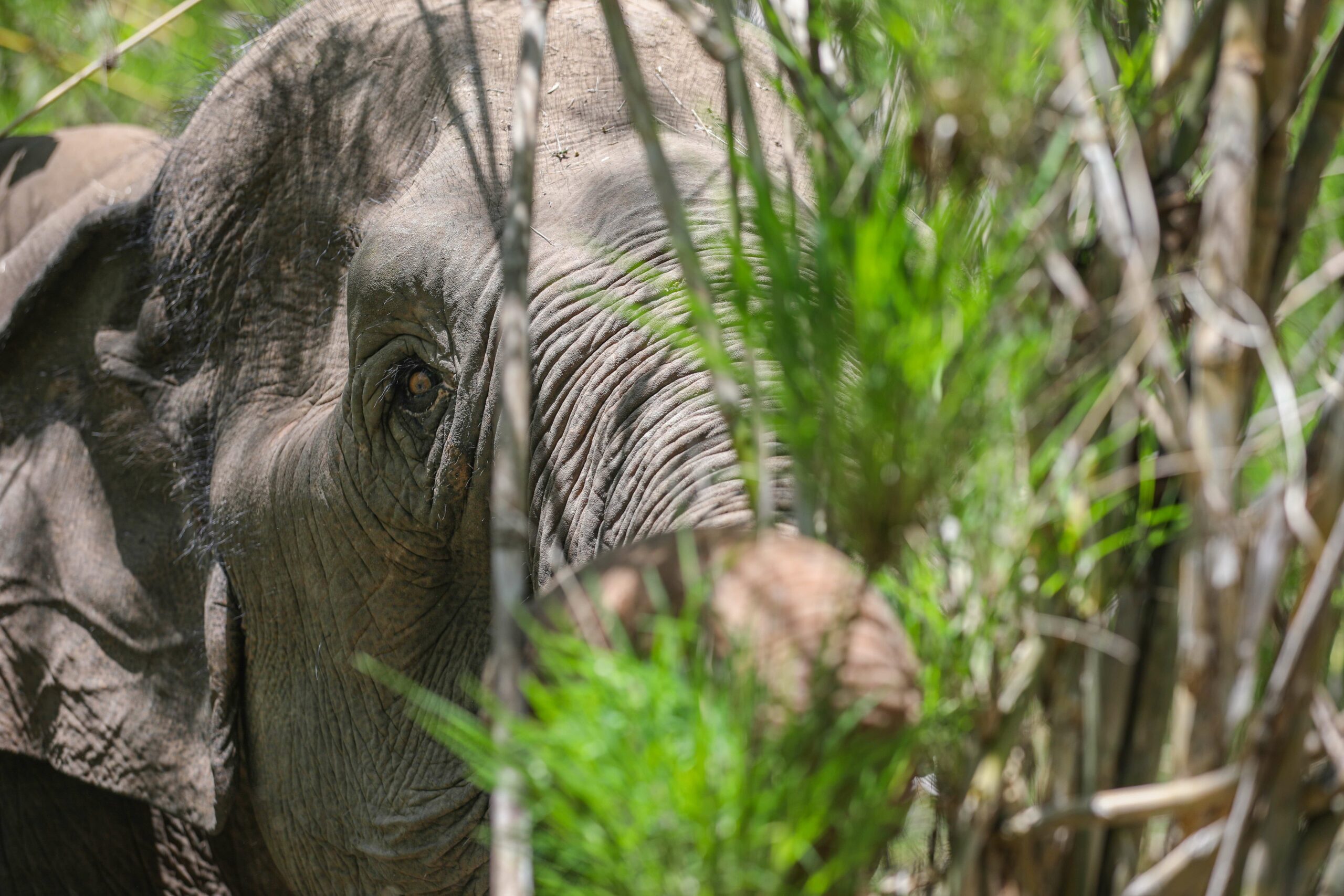
Conservationists had initially hoped that ‘bio-fences’ such as bee boxes and chilli plants could be used to deter elephants, but these passive interventions have been mostly unsuccessful.
Another potential solution, which some are pushing to be included in the conservation plan, is a countrywide compensation programme for property destroyed by elephants. These initiatives are intended to prevent acts of retaliation against the animals, and though some exist on the local level, there is no such country-wide mechanism.
“We hope some compensation to local people can settle down the conflict and hopefully we can protect the elephants,” said Thong Pham, a research manager with Save Vietnam’s Wildlife.
Finding the right tactics to defuse such encounters is a work in progress.
Ly, the elephant expert, led a training and brain-storming meeting in May with researchers, government officials and members of a community quick-response team just an hour from Pu Mat National Park. The gathering was arranged by non-profit Fauna & Flora International, which backs the response team.
Rubber plantations and slash-and-burn farming near Pu Mat have shrunk elephant habitat and food sources, said Dang Dinh Lam, a member of the quick-response team.
“The conflict has two sides. Elephants lack habitat, and because they destroy crops and property, people dislike them,” Lam said. “I hope that the government and people will be more responsible about protecting elephants.”
Engineers of the forest
Half-a-country away, similar dramas play out in and around the 115,000-hectare Yok Don National Park in southern Vietnam.
“When I was young, I could see elephants everywhere,” said Quynh Pham, driving an e-cart into the park nestled within the verdant Central Highlands, which is home to the country’s largest wild elephant population.
The area is also home to an additional 37 domesticated or captive elephants as of last year. Pham is the ethical elephant-tourism manager for Animals Asia, a non-profit working in Vietnam and China to improve the welfare of captive wildlife. He cares for 10 elephants in the park that had previously been used for rides.
But as the park transitioned to a more ethical tourism model, the elephants now roam freely during the day, with mahouts travelling with them to ensure their safety. Visiting tourists can watch the grazing, bathing and mud wallowing from a safe distance. Overnight, the elephants are kept on long chains.
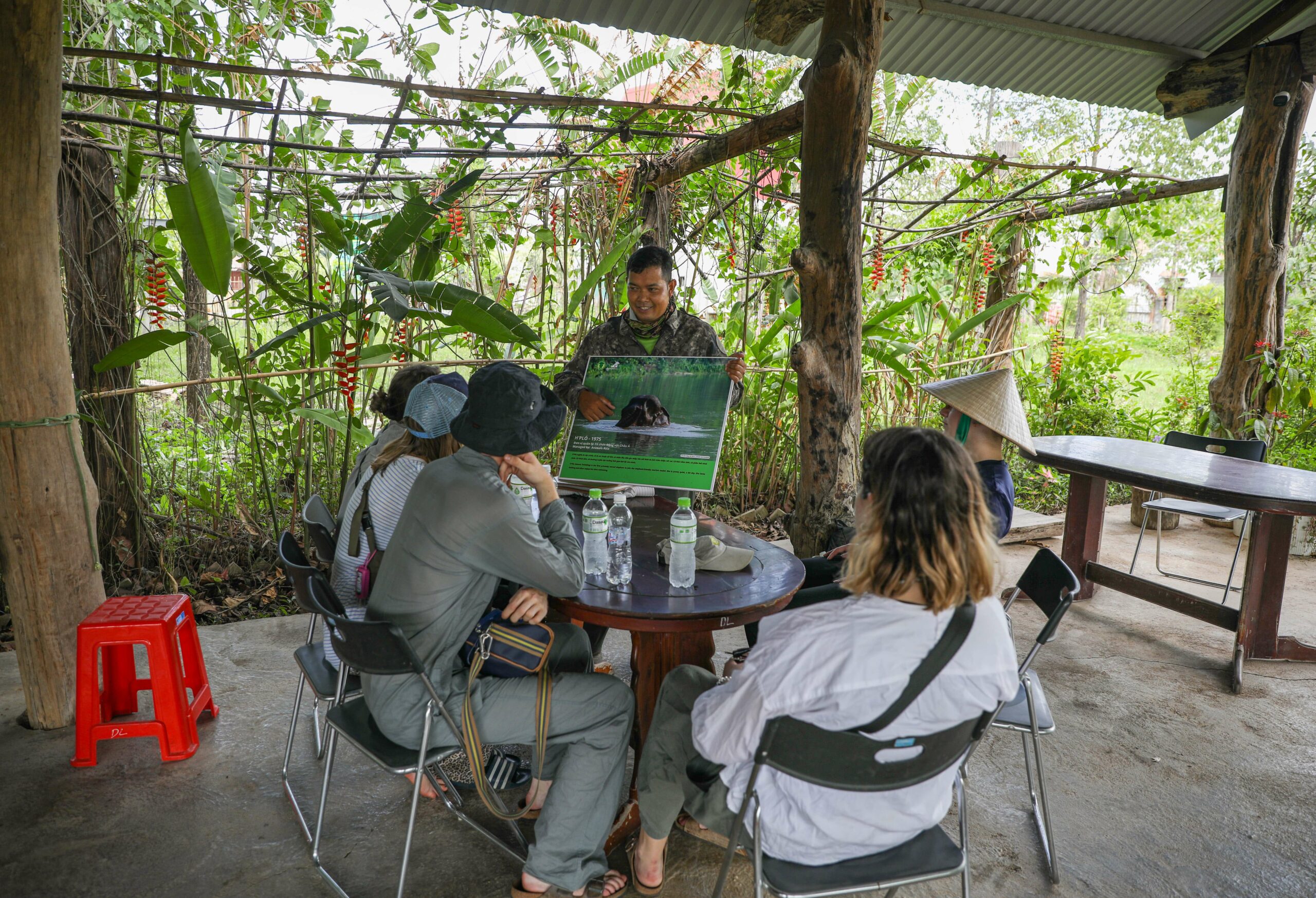

While far from the hundreds of elephants that Pham remembers from his youth, the 10 retired individuals can now play their key natural role in forests.
Trampling through the forest, two female elephants graze on bamboo and plough through thick vegetation – a long way from the elephant rides of their past. Wild Asian elephants do this for 18 hours a day, dispersing seeds and creating new forest trails for smaller species as they go.
Forests across Asia have deteriorated with the loss of these ‘ecosystem engineers’, but the hybrid model at Yok Don between wild and rescued elephants may fill that niche.
Ly, the retired professor, said that for elephants to maintain this role in Vietnamese forests, the government must actively reconnect their habitats. Elephants could once travel freely along the length of Vietnam, but as their forests have become increasingly fragmented it’s nearly impossible today for different herds to interact and interbreed.
The loss of habitat in general has made conflict with humans “systematic”, Ly said.
“Due to the conflict between humans and elephants over the small leftover shared resources, bad outcomes arise,” Ly said. “The confrontation between humans and elephants has intensified.”
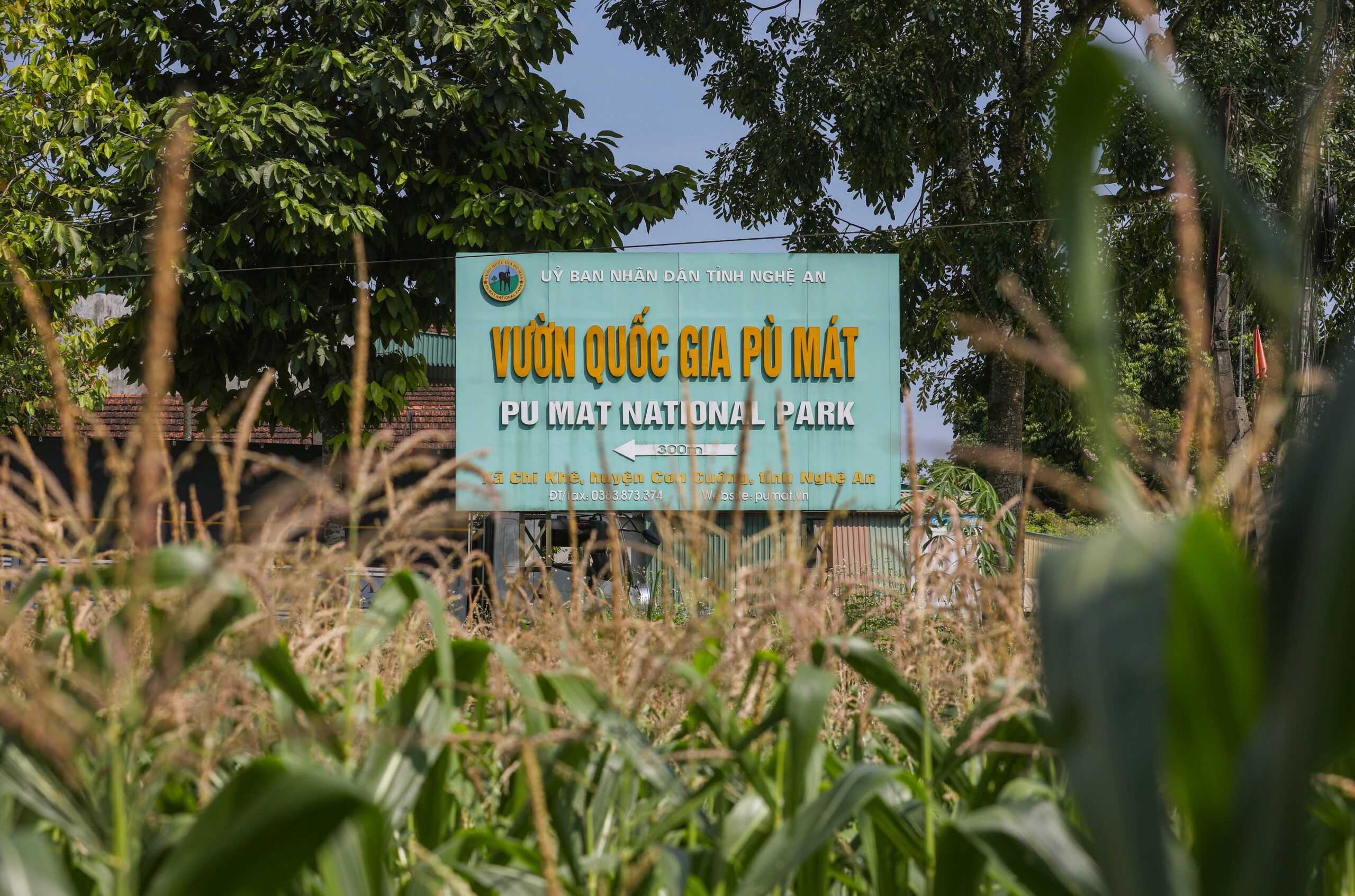

A similar plight across borders
The decline of elephants in Vietnam is mirrored in neighbouring nations.
The wild Asian elephant populations of both Laos and Cambodia are estimated to number less than a thousand. In China, barely 300 wild elephants are believed to survive, with their once enormous range now limited to a pocket of the southwestern province of Yunnan.
Conflict over resources is a major concern for China’s remaining wild herds. In 2021, 14 elephants usually resident in a nature reserve in Yunnan’s Xishuangbanna region began to move northwards. On their months-long journey, the elephants destroyed property, creating a challenge for authorities in finding a balance between elephant conservation and protecting citizens’ dwellings and livelihoods.
According to local authorities, 150,000 people were evacuated from the elephants’ path to avoid potentially dangerous incidents, and the government paid out a total of $770,000 in property damages.
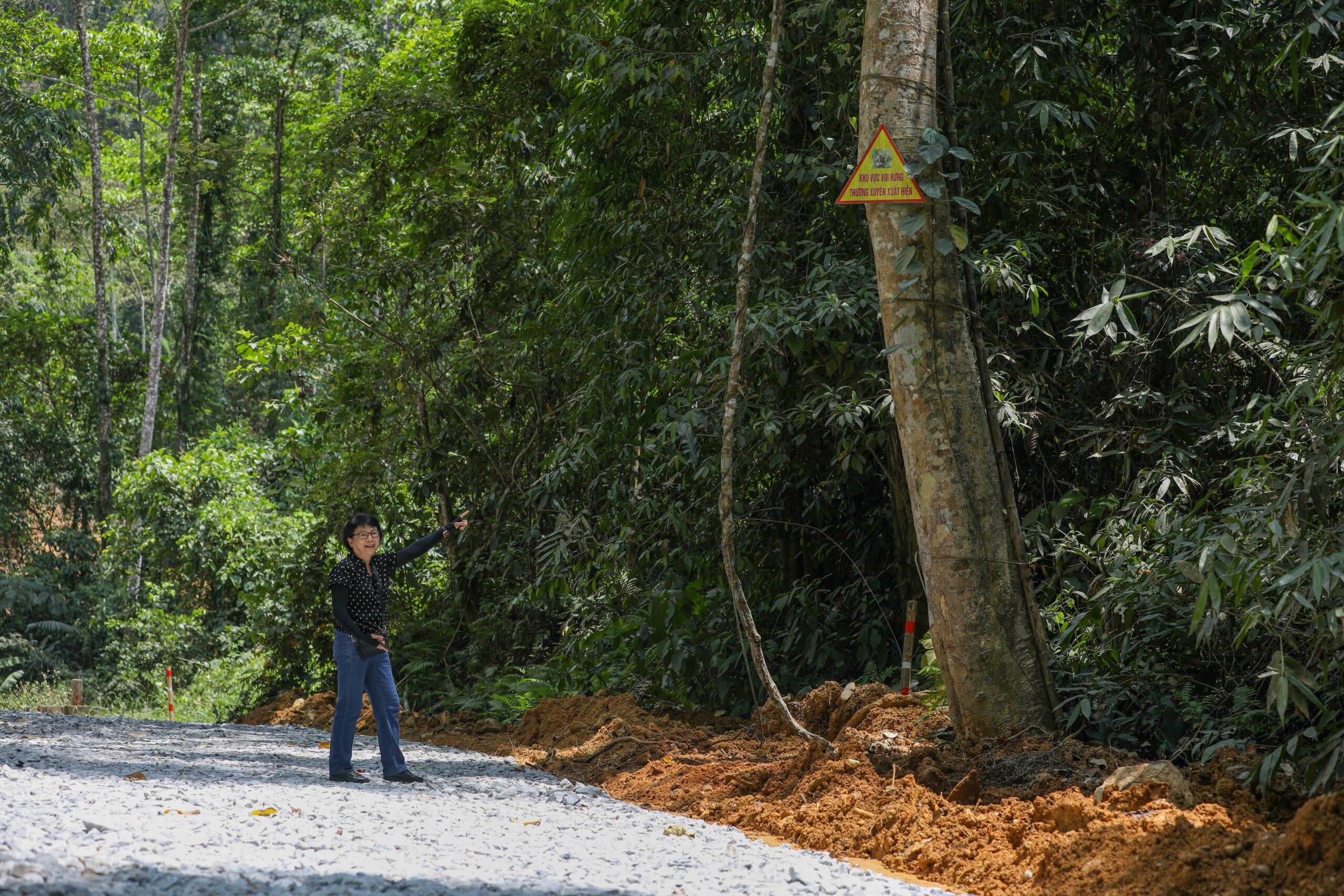

Such measures, while extensive, still don’t address the underlying land-use issues threatening elephants today. It’s also unclear how Vietnam’s pending elephant conservation plan would react to a situation such as that in Yunnan, or if similar resources could be made available to compensate property-owners.
Just steps from where Pu Mat National Park’s lonely female elephant is often spotted, Ly underlined how important habitat protection is if there is to be any chance of saving the last giants of Vietnam.
“Vietnam is the weakest in everything in elephant conservation,” she said. “We have the chance to help the elephants to keep growing their population in the future, but we need to rebuild forests.”
This story was produced in collaboration with China Dialogue and The Third Pole.
Additional reporting by Nguyen Hao Thanh Thao.

